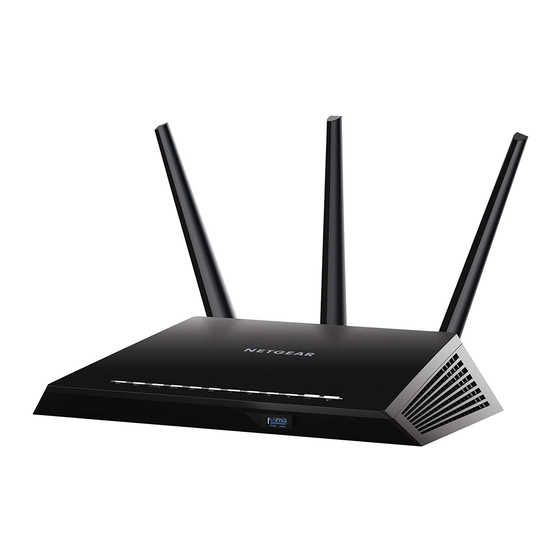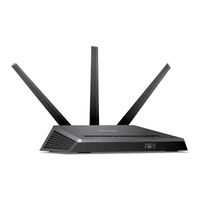
NETGEAR R6900P Manuals
Manuals and User Guides for NETGEAR R6900P. We have 3 NETGEAR R6900P manuals available for free PDF download: User Manual, Do More, Quick Start
NETGEAR R6900P User Manual (215 pages)
Nighthawk AC1900
Smart WiFi Router
Brand: NETGEAR
|
Category: Wireless Router
|
Size: 8.36 MB
Table of Contents
Advertisement
NETGEAR R6900P Do More (19 pages)
AC1900 Smart WiFi Router
Brand: NETGEAR
|
Category: Network Router
|
Size: 0.32 MB
Table of Contents
NETGEAR R6900P Quick Start (2 pages)
Nighthawk AC1900 Smart WiFi Dual Band Gigabit Router
Brand: NETGEAR
|
Category: Wireless Router
|
Size: 2.84 MB
Advertisement


